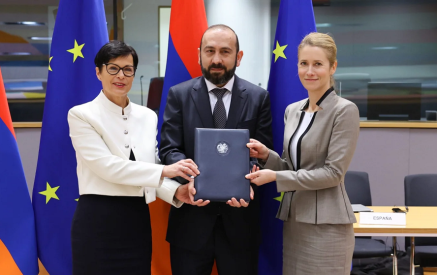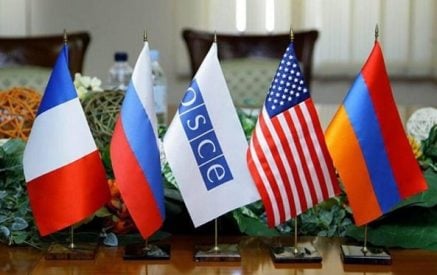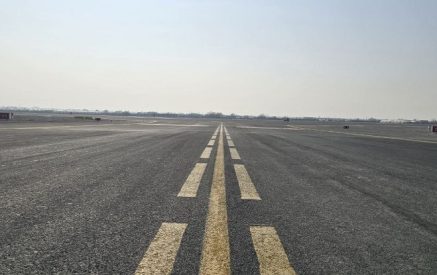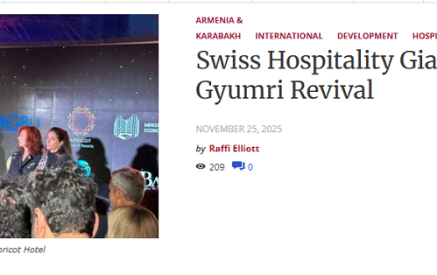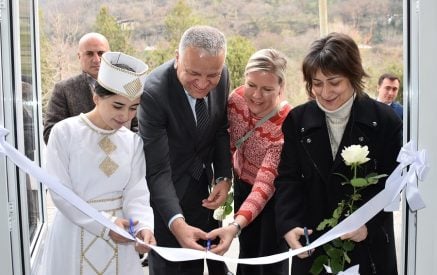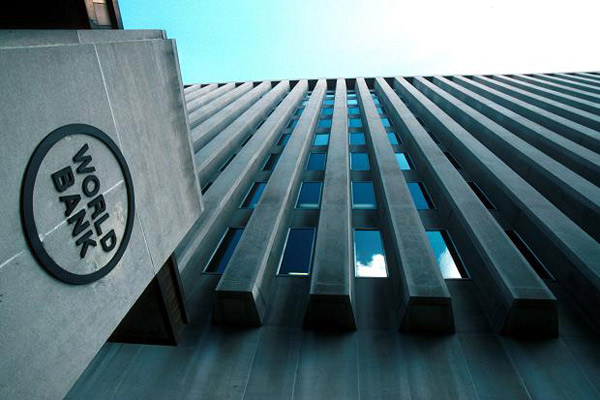Global economy to accelerate modestly to 2.9%
WASHINGTON, Jan 6, 2016— Weak growth among major emerging markets will weigh on global growth in 2016, but economic activity should still pick up modestly to a 2.9 percent pace, from 2.4 percent growth in 2015, as advanced economies gain speed, according to the World Bank’s January 2016 Global Economic Prospects.
Simultaneous weakness in most major emerging markets is a concern for achieving the goals of poverty reduction and shared prosperity because those countries have been powerful contributors to global growth for the past decade. Spillovers from major emerging markets will constrain growth in developing countries and pose a threat to hard-won gains in raising people out of poverty, the report warns.
“More than 40 percent of the world’s poor live in the developing countries where growth slowed in 2015,” said World Bank Group President Jim Yong Kim. “Developing countries should focus on building resilience to a weaker economic environment and shielding the most vulnerable. The benefits from reforms to governance and business conditions are potentially large and could help offset the effects of slow growth in larger economies.”
Global economic growth was less than expected in 2015, when falling commodity prices, flagging trade and capital flows, and episodes of financial volatility sapped economic activity. Firmer growth ahead will depend on continued momentum in high income countries, the stabilization of commodity prices, and China’s gradual transition towards a more consumption and services-based growth model.
Developing economies are forecast to expand by 4.8 percent in 2016, less than expected earlier but up from a post-crisis low of 4.3 percent in the year just ended. Growth is projected to slow further in China, while Russia and Brazil are expected to remain in recession in 2016. The South Asia region, led by India, is projected to be a bright spot. The recently negotiated Trans-Pacific Partnership could provide a welcome boost to trade.
“There is greater divergence in performance among emerging economies. Compared to six months ago, risks have increased, particularly those associated with the possibility of a disorderly slowdown in a major emerging economy,” said World Bank Group Vice President and Chief Economist Kaushik Basu. “A combination of fiscal and central bank policies can be helpful in mitigating these risks and supporting growth.”
Although unlikely, a faster-than-expected slowdown in large emerging economies could have global repercussions. Risks to the outlook also include financial stress around the U.S. Federal Reserve tightening cycle and heightened geopolitical tensions.
“Stronger growth in advanced markets will only partially offset the risks of continued weakness in major emerging markets,” said World Bank Development Economic Prospects Group Director Ayhan Kose. “In addition, the risk of financial turmoil in a new era of higher borrowing costs remains.”
Regional Outlooks
East Asia and Pacific: Growth in the region is projected to continue to slow to 6.3 percent in 2016 from a slightly less-than-expected 6.4 percent in 2015. Growth in China is forecast to ease further to 6.7 percent in 2016 from 6.9 percent in 2015. Growth in the region excluding China was 4.6 percent in 2015, broadly unchanged from 2014, as weaker growth in commodity exporters, including Indonesia and Malaysia, was offset by growth acceleration in Vietnam and moderate recovery in Thailand. Risks include a faster-than-expected slowdown in China, the possibility of renewed financial market turbulence, and an abrupt tightening of financing conditions.
Europe and Central Asia: Growth is projected to rise to 3 percent in 2016 from 2.1 percent in the year just ended as oil prices fall more slowly or stabilize, the Russian Federation’s economy improves, and Ukraine recovers. Economic activity in Russia is projected to contract by 0.7 percent in 2016 after shrinking by 3.8 percent in the year just ended. Growth could resume modestly in the eastern part of the region, which includes Eastern Europe, South Caucasus, and Central Asia, if there is a stabilization of commodity prices. The western part of the region, which includes Bulgaria, Romania, Turkey and the Western Balkans, should grow moderately in 2016, buoyed by recovery in the Euro Area.
Latin America and the Caribbean: The region is projected to recover modestly from recession in 2016, with activity flat after shrinking by 0.9 percent in the year just ended, as the region grapples with the protracted decline of commodity prices and domestic challenges weighing on the region’s largest economies. However, there are differences among the sub-regions with stronger growth in developing Central and North America and the Caribbean offsetting weakness in South America. The current recession in Brazil is expected to extend into 2016 but a return to growth is expected in 2017. Although weighed down by low oil prices and associated fiscal pressures, growth is expected to pick up in Mexico thanks to dividends from implementation of structural reforms and strengthening demand from the U.S. market.
Middle East and North Africa: Growth is forecast to accelerate to 5.1 percent in 2016 from 2.5 percent in the year just ended, as the expected suspension or removal of economic sanctions against the Islamic Republic of Iran will allow that country to play a larger role in global energy markets. Growth is expected to pick up in other oil exporters as well, predominantly on the assumption that oil prices will stabilize. The region is subject to serious risks from the possibility of an escalation of conflict, a further decline in oil prices, and failure to improve living conditions, which could spark social unrest.
South Asia: The region is projected to be a bright spot in the outlook for emerging and developing economies, with growth speeding up to 7.3 percent in 2016 from 7 percent in the year just ended. The region is a net importer of oil and will benefit from lower global energy prices. At the same time, because of relatively low global integration, the region is shielded from growth fluctuations in other economies. For FY 2016-17, India, the dominant economy in the region, is projected to grow at a faster 7.8 percent and growth in Pakistan (on a factor cost basis) is expected to accelerate to 4.5 percent.
Sub-Saharan Africa: The region is forecast to accelerate to 4.2 percent in 2016 from 3.4 percent in 2015 as commodity prices stabilize. Economic activity will vary across Sub-Saharan Africa, with consumption growth remaining weak in oil exporting countries as fuel costs rise, while lower inflation in oil importing countries helps boost consumer spending. Nigeria is forecast to expand 4.6 percent after growing by 3.3 percent last year while South Africa is expected to advance only modestly to 1.4 percent growth from 1.3 percent in the year just ended.
To read January 2016 Global Economic Prospects in full, visit: www.worldbank.org/gep














